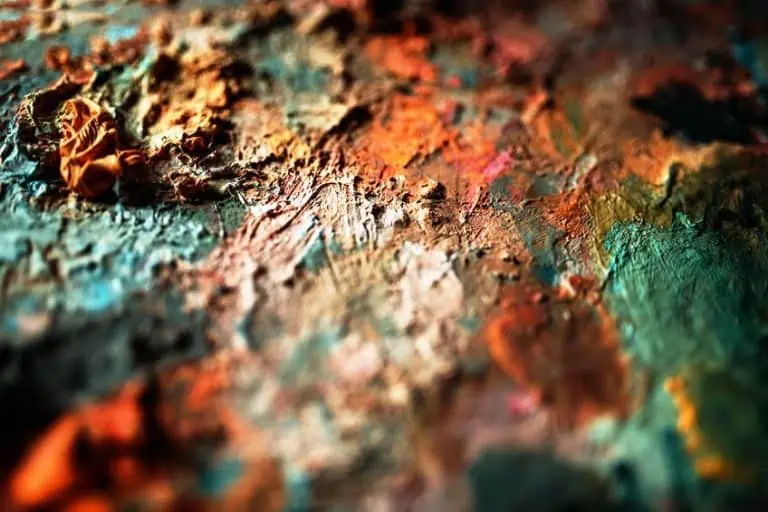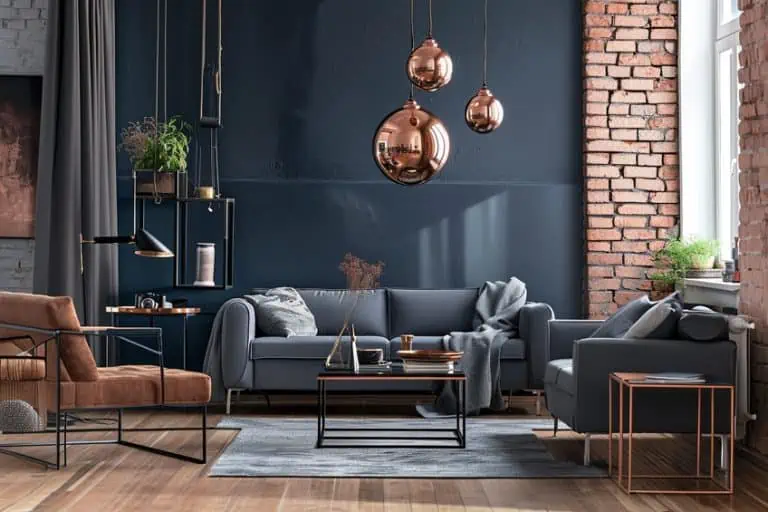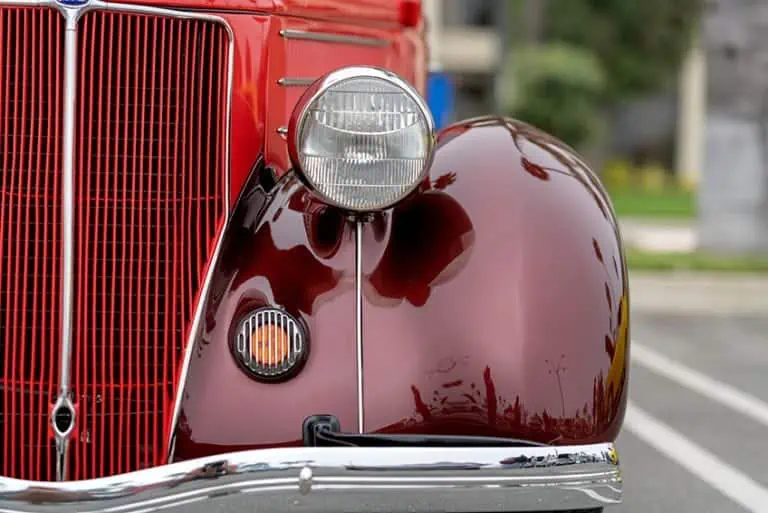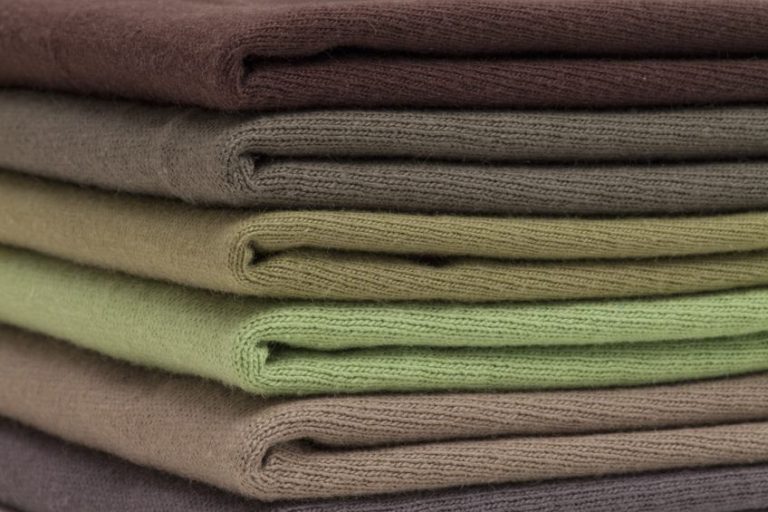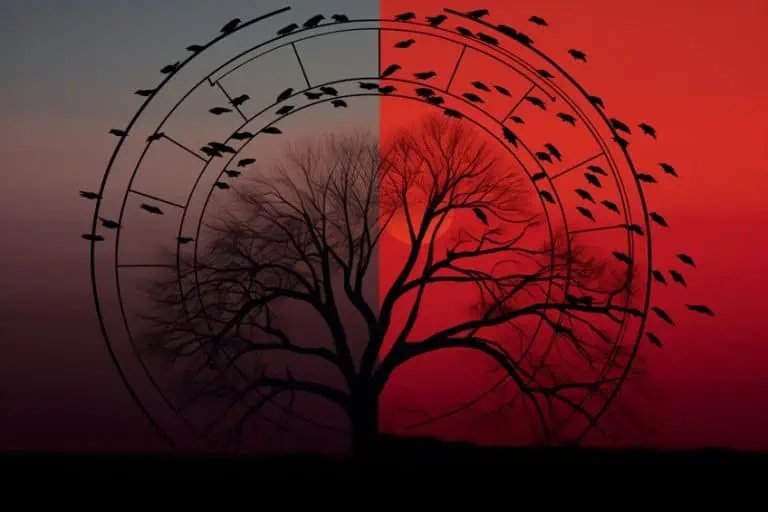Neon Colors – Our Luminescent Color Guide
This post may contain affiliate links. We may earn a small commission from purchases made through them, at no additional cost to you.
Is neon a color, and if so, what colors are neon? All neon colors are created with chemicals. These bright neon colors cannot even be found on the usual color wheel, and have a distinct neon color wheel of their own. In this article, we will explore everything about neon colors, such as how to mix neon colors and how to use neon color hex codes.
Table of Contents
Everything You Wanted to Know About Neon Colors
Bright neon colors are electrifying and vibrant, adding energy and intensity to designs. All neon colors are employed by creative types to capture the audience’s attention and give projects a summertime or nightlife-themed feel, in keeping with a comeback of 1980s design aesthetics. As with other colors, all neon colors are depictions of light. What colors are neon, though?
Bright neon colors are best defined as very luminescent variations of primary and secondary colors due to their extraordinary brilliance.
While artists have been using neon paints and pigments since their invention, the vast proportion of recorded neon art employs neon lights, rendering neon light as the main focus when examining the application and development of neon colors in the art world.

The History of Neon Colors and Lighting
Around 1795, Henry Cavendish withdrew all of the nitrogen and oxygen from a cylinder of air. After that, he saw that there was a minor amount of unidentified gas left over. John William Strutt and Sir William Ramsay, two scientists, decided to establish what the gas was. They determined that, after repeated trials, the vapor was argon, among the six other naturally present noble gases. Nevertheless, Ramsay was dissatisfied. Convinced that there were additional hidden gases present in the atmosphere, he collaborated with his partner Morris W. Travers on a test in which they boiled argon to uncover other noble gases.
Noble gases are extremely uncommon, accounting for less than 1% of the atmosphere, yet the scientists remained undeterred.
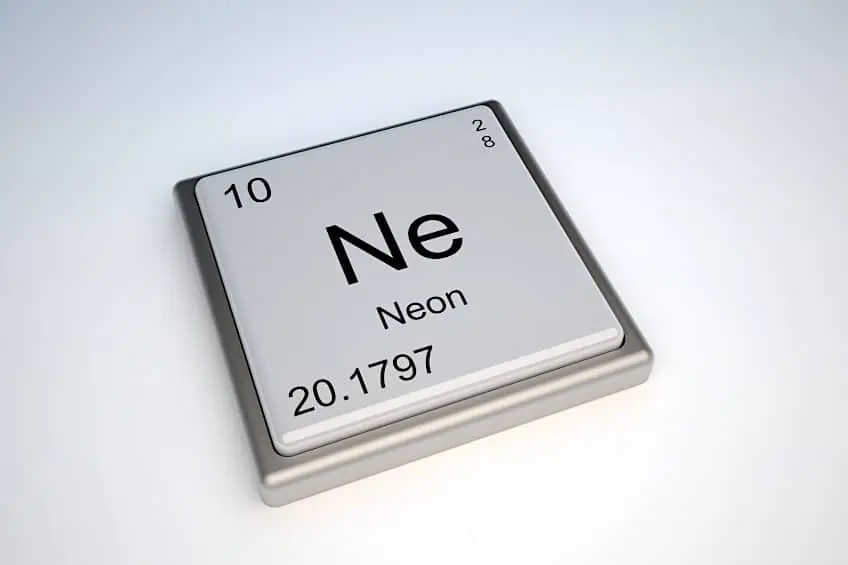
Their efforts were rewarded with the discovery of three new noble gases: krypton, neon, and xenon. In 1896, Daniel McFarlan Moore invented the first fluorescent light tubes, known as “Moore Lamps.” Electrodes were attached to the ends of these huge glass tubes. When the electrodes were turned on, the mercury gas inside the tube was iodized, producing a dazzling white light. Moore Lamps were modified to employ noble gases by inventor Georges Claude. He effectively employed neon gas to build the first neon lamp in 1910, a supply of intense red-orange light that had seized America by 1915.

While neon was the initial gas used to create colored light, it is not utilized in all “neon” lights. For simplicity’s sake, the moniker remained, yet each noble gas produces a different light hue when properly iodized. You can make an infinite number of neon colors by combining these gases and other materials. Following Claude’s efforts, neon bulbs of various hues were developed, resulting in the neon signs we know today. The colors created by each noble gas are described differently. Despite the most common foundation colors, varying configurations of these gases and other components can form an infinite number of colors.

Luminescent Pigments
Bob Switzer and his brother Joseph invented the first luminous paint. After a serious accident confined Bob to a dark room for several months, the couple began using blacklights to locate and test fluorescent substances from their father’s medical job. They continued their studies after Bob’s recuperation, ultimately combining the fluorescent chemicals with wood varnish to create the very first black light fluorescent paints.
The Difference Between Fluorescent and Neon Colors
Although the names are sometimes used indiscriminately, there is a distinction between fluorescent and neon lighting. Fluorescent lights are made in the same way as neon lights; however, the gas utilized is not a noble gas, but rather mercury vapor. Another significant distinction is that the vapor releases ultraviolet rays as well as light; hence, all fluorescent lights are coated with phosphor inside to shield individuals from the UV radiation. While neon lights may be any hue, fluorescent lights have a restricted range of whites with varying undertones.
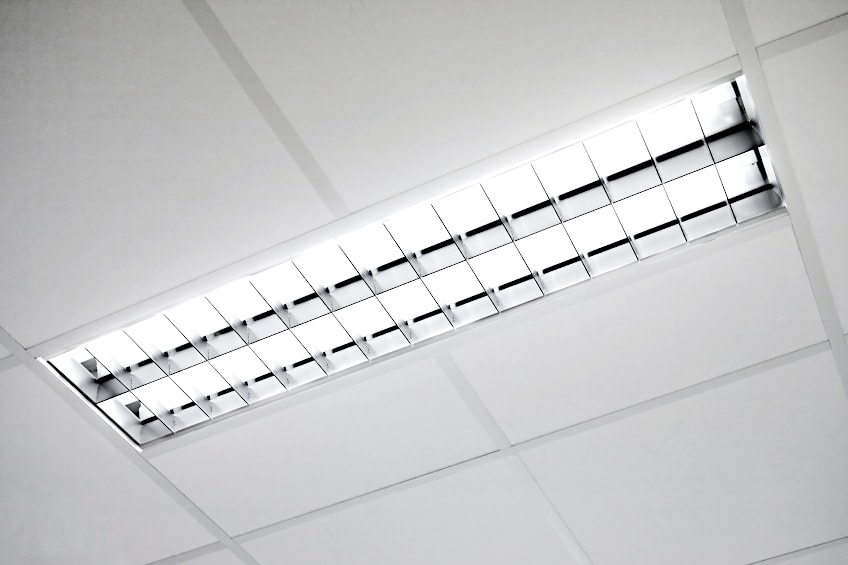
Both of these lights vary from blacklights, which generate a high degree of long UV rays while emitting almost no visible light. Fluorescence is present in all three types: neon, fluorescent, and blacklight. At the same time, these three types of light, as well as a variety of additional luminescent lights, belong to the category of luminescence. Despite the fact that neon and fluorescent lights are not the same, the phrases neon and fluorescent color are sometimes used interchangeably. Any color that produces more light than any other color is considered fluorescent. Nevertheless, neon has become the usual name for any hue that appears to shine.

What Do Bright Neon Colors Signify?
Neon hues acquire some of the psychological characteristics of their base colors. Electric blue, like true blue, may seem quiet and tranquil, but neon pink has the lively and playful features of true pink. However, the extreme brightness of neon colors might affect their symbolic characteristics. While pure greens, for example, are connected with growth and the environment, the superficiality of neon green makes it more likely to be associated with chemicals or computerized, Matrix-inspired code. The widespread use of neon lights on signage in places as Las Vegas, has resulted in associations between neon colors and the excitement of sometimes seedy nocturnal entertainments.
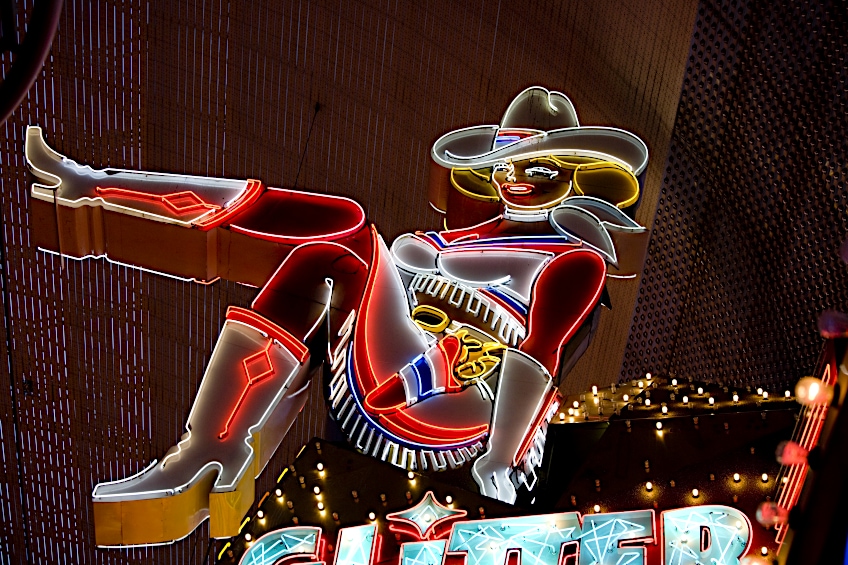
Fluorescent colors have not traditionally been linked with excellent taste since they are loud, boisterous, and unnatural. While subdued tones are associated with sophistication and intelligence, vibrant colors are associated with pleasure and excess. Because of their employment in high-visibility apparel and signs, neon colors are also connected with caution and danger. Neon colors have subsequently been employed on signage and industrial apparel to draw attention to a cautionary message or to boost the visibility of those working on construction sites, motorways, or trains.
Neon Colors Used in Art Through History
In 1910, neon lighting made its debut in Paris. It took off from there, lighting up towns all over the world, even during wartime. Neon art became popular in the 1930s and 1940s. Neon signs have grown more popular in crowded cities as a symbol of the contemporary era. Neon signs placed in the 1940s began to flicker out in the 1960s and 1970s, associating them with seedier portions of cities or advertising hotspots like Times Square. Neon was perceived as a failing economic promise, and it lost its initial aesthetic, appealing, and exciting radiance.

1960s Neon Art
Keith Sonnier first dabbled in neon painting in 1968. His early minimalist work used neon and other sculptural materials such as incandescent and black lights. Some of his most well-known works are public contracts, like his continuous installation at Munich’s New International Airport. Beginning in the 1960s, Joseph Kosuth made language-based neon artwork. One of his most renowned works, a white neon sign spelling the word “Neon,” established a conceptual symbol by utilizing structuralist theory to highlight the distance and interaction between words.
Through his and other artists’ work, neon art evolved into something more than a corporate medium: it became a representation of contemporary urban life and consumerism.
The Use of Neon Colors in the 1980s and Onwards
In the 1980s, a group of British painters known as the Young British Artists attempted to reintroduce neon as a popular and culturally relevant medium. Tracey Emin was among these artists. Her art, which frequently consists of neon signs fashioned by her own handwriting, shows the force that a statement in neon can have. She is praised for incorporating general modern realities into her art. In her 2002 sculpture, I Know I Know I Know, the statement is repeated three times in a flaming red light. The word “I know” in the center has been crossed out in electric blue.
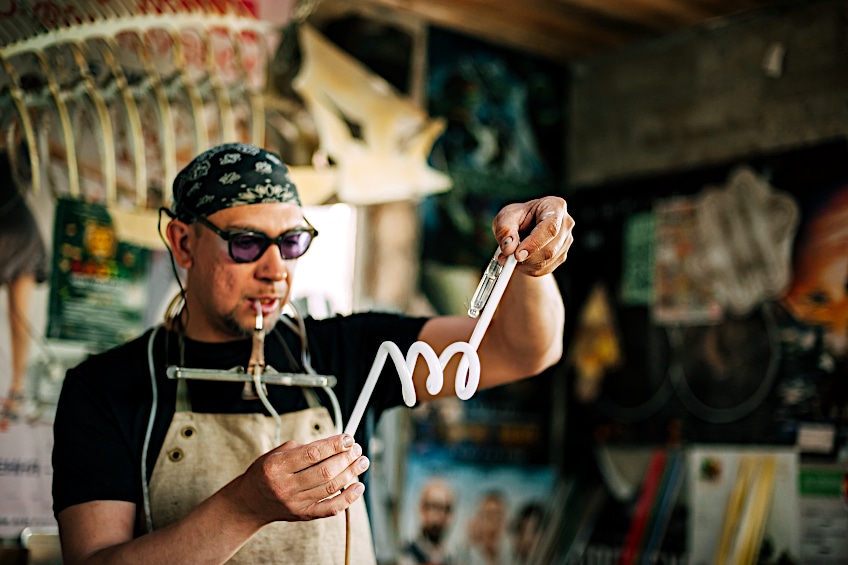
This is not simply a work of art: each tube is painstakingly built, positioned, and connected to the same wire; it is also a powerful social message, frequently referred to as “teen-like anguish.” “Love is what you desire” is one of a series of neon love declarations written in Emin’s handwriting that highlight the gap between speech and intention. Cerith Wyn Evans, another YBA artist, posed issues about how we communicate and the efficiency of our language as he concentrated on works linked to their expression in space. Through his neon-studded sculptures, he combined his professions in film and art. Fiona Banner’s neon work from the late 1990s was given significance via minimalism.
Because of its tremendous visibility, neon has become a favorite with nightlife and festival goers. During the 1990s Acid House music scene, clubgoers frequently wore a bright yellow smiley sign on their clothing and swung glow-sticks in the air. Neon rave events are becoming increasingly popular at colleges and festivals, with spectators donning neon colors on their bodies and bodies to create a psychedelic impression.
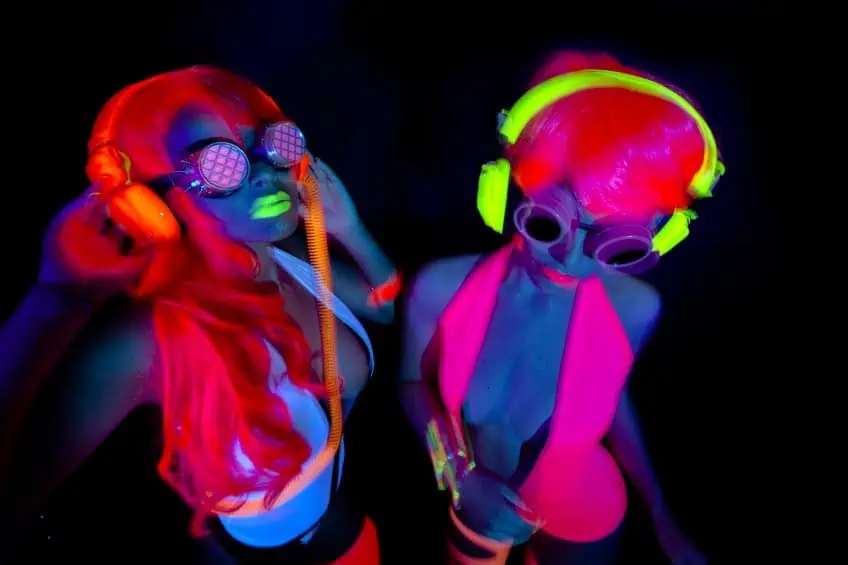
One of her early works, a single lighted period dot, is only a centimeter long and is regarded as the “littlest neon on the planet” by some. Glenn Ligon’s strong neon statements have mesmerized the art world since 2006. The term “AMERICA” appears in his painting Rückenfigur. All of the typewriter penned letters in “AMERICA” appear to float freely and are only loosely joined to form one illuminated phrase. This sculpture is frequently seen as a powerful social comment, and it was recently featured in the 30 Americans exhibition, which has traversed the United States for a decade to promote African American artwork concerning the “complex debates involving race, culture, identification, and beauty.”
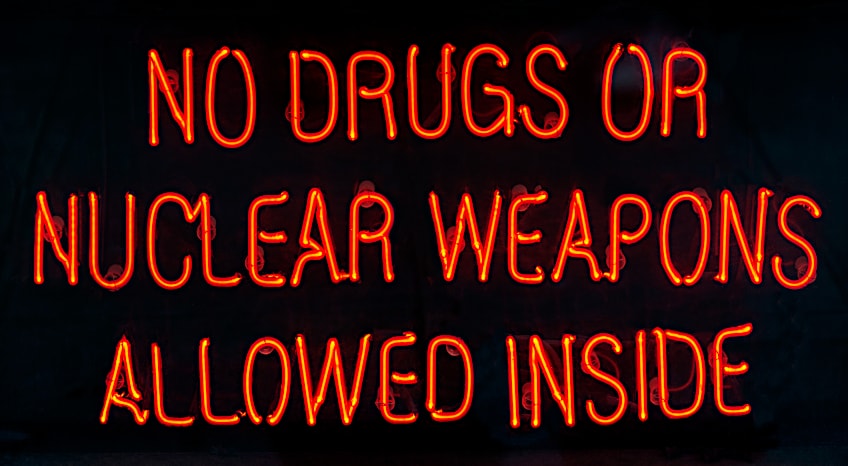
For the past few decades, Chilean artist Iván Navarro has created electrifying politically charged art installations. His work, which began by criticizing a Chilean dictatorship, has since expanded to include criticism of the United States. His neon sculpture series is highly recognized and makes a dramatic statement: Navarro famously said of his artwork Red and Blue Electric Chair, “Neon is frail, yet it can electrocute you.” Jung Lee, an artist and photographer from South Korea, injects neon into nature. Her sculptures, which are meant to be viewed from a distance, may be found around South Korea on reflecting lakes or snowbanks.
Her work incorporates both visible text and sentences as well as abstract neon lines. Before being removed, these artifacts are erected and photographed.
Using Neon Colors
While neon colors may seem like a bold or daunting choice to use in your own art or even for decor or walls, they can add much needed oomph! Understanding how neon colors work and how to use them will make utilizing these bright and beautiful shades much easier.

The Neon Color Wheel
Fluorescent colors, sometimes known as neon colors, are exceptionally brilliant variations of primary and secondary colors such as red, green, blue, yellow, and purple. Fluorescent colors differ from other sorts of colors in that they produce photons, making them luminous. The luminescence is displayed in color when the generated light falls within the light’s visible spectrum that the human eye can see. Traditional painters’ color wheels before the 20th century do not include neon hues since these super-bright colors were subsequently made using chemical means.
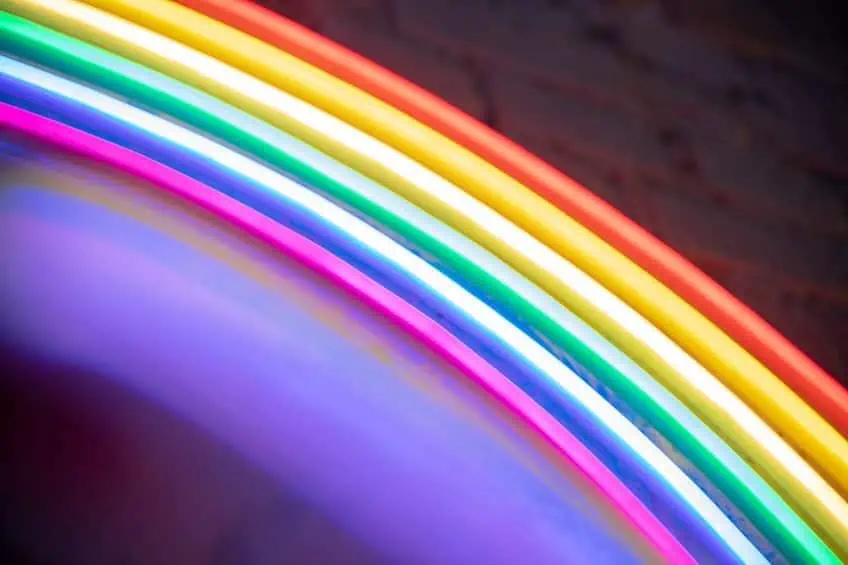
Even today, neon colors are challenging to generate using typical print design approaches because they must emit light to seem luminous. Because CMYK is an additive color model, adding colored inks, for example, “muddies” the final color output. Fluorescence is nearly hard to create as a result of this. Designers will frequently use specialty pigments such as Pantone spot colors to generate bright colors in print. Neon colors are more common on digital color wheels because their structure is ideally adapted to a light-emitting RGB color model. Ultra-bright colors are dispersed throughout the composition as primary or secondary color relationships.
How to Mix Neon Colors
The complementary criteria for ultra-bright variants of primary and secondary colors are the same as for their more subdued relatives. Because green is complimentary to magenta, bright green works well with neon magenta. Electric blue looks great with electric orange, while neon yellow is a surprisingly good color partner for vivid purple. Bright neon colors, such as lime green, hot pink, day-glow yellow/orange, or vibrant tangerine, cannot be blended with the usual primary colors. Fluorescent hues must be purchased ready-made. The issue is that fluorescent paints might be difficult to come by, depending on the media you choose. There will be no difficulty in locating neon paint markers or other possibilities for mixed media and design work. Finding these hues in oil or watercolor paint will be difficult.
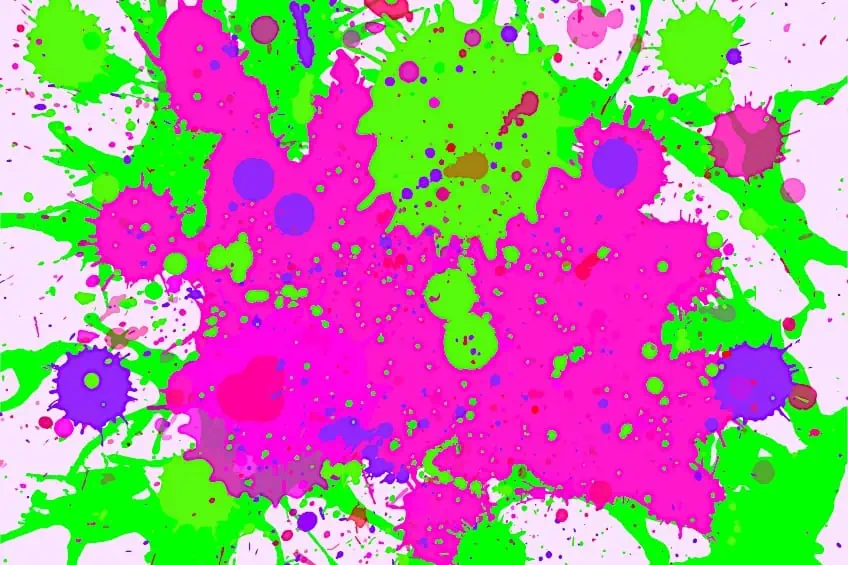
While there may be a wider range of these paints available online, computer monitors do not do fluorescents credit. There may be some variances in color between what you see on a site and the real goods. You might have to settle with a rich, saturated hue that doesn’t “pulsate” as much as a neon one. For example, you may start with a vivid magenta or a brilliant green-yellow and then paint with mediums, glazes, and coatings to make them stand out even more. You won’t get a genuine ‘neon’ appearance, but it could work.
When you add brilliant colors to your painting, you may face a unique issue when photographing it for an online exhibition or creating prints. Neon and metallic colors are extremely difficult to reproduce effectively on a computer monitor. Although you might be able to create an excellent approximation of other paintings on your own, photographing those using these particular paints will take more effort. This is due to the RGB color scheme used in digital cameras and computers. Just like you cannot blend neon colors with basic paint colors, the computer has difficulty creating them with primary photographic colors.
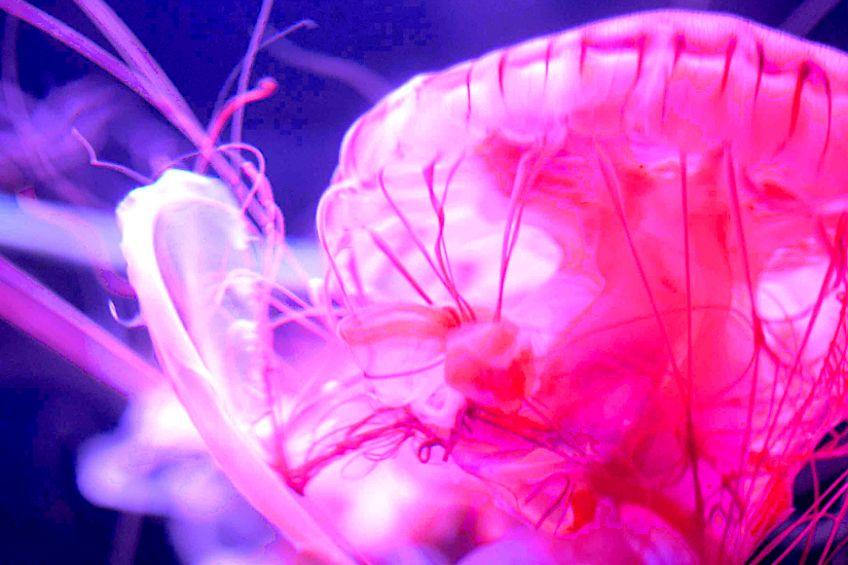
Neon Color Hex Codes
Hex color codes are a sort of color code that is also known as hexadecimal color. The reason for using hexadecimal numbers is that they are a human-friendly depiction of binary code quantities. Hex color codes are numbers that instruct the screen how much of a certain color to display. The values are a specific code representing color values ranging from 0 to 255. Here are a few useful neon color hex codes for you to use:
| Neon Shade | Neon Hex Code | Neon CMYK Code | Neon Color |
| Neon Red | #FF3131 | 0, 81, 81, 0 | |
| Blaze Orange | #FF5E00 | 0, 63, 100, 0 | |
| Neon Yellow | #FFF01F | 0, 6, 88, 0 | |
| Light Neon Yellow | #E7EE4F | 3, 0, 67, 7 | |
| Neon Green | #39FF14 | 78, 0, 92, 0 | |
| Chartreuse | #7FFF00 | 50, 0, 100, 0 | |
| Electric Lime | #CCFF00 | 20, 0, 100, 0 | |
| Neon Blue | #1F51FF | 88, 68, 0, 0 | |
| Electric Cyan | #0FF0FC | 94, 5, 0, 1 | |
| Neon Purple | #BC13FE | 26, 93, 0, 0 | |
| Blue-violet | #8A2BE2 | 39, 81, 0, 11 | |
| Deep Pink | #FF1493 | 0, 92, 42, 0 | |
| Razzle Dazzle Rose | #FF44CC | 0, 73, 20, 0 | |
| Psychedelic Purple | #EA00FF | 8, 100, 0, 0 |
Bright neon colors are the most brilliant and loud of all color palettes. Because neon lights are so bright, they may be seen from a mile away at night. They are ideal for attracting attention in a crowded environment. Furthermore, neon hues are ideal for changing any home into a bright, lively place. You may c ombine them with a variety of interior styles and color schemes to generate a welcoming environment in every manner!
Frequently Asked Questions
Is Neon a Color?
Chemicals are used to produce neon hues. The color of neon is purely orange-red in its pure form, and when viewed through a clear glass tube, it produces the color classic red. All neon signs that are not traditional red do not include the gas neon.
What Colors Are Neon?
Although signs are commonly referred to as neon, if the hue of the sign is not orange-red, it is not neon. In these indicators, argon gas, tiny quantities of krypton, mercury, helium, or xenon are commonly used in conjunction with neon. When ignited, argon emits lavender light, but when combined with a trace of mercury, it emits ultraviolet light. Helium emits a white-orange hue, krypton emits a grayish-green color, xenon emits a gray-blue color, and mercury vapor emits a pale blue.
Duncan graduated with a diploma in Film and TV production from CityVarsity in 2018, after which he continued pursuing film while taking on a keen interest in writing along the way. Since having graduated, he began working as a freelance videographer, filming a variety of music videos, fashion and short films, adverts, weddings and more. Throughout this, he’s won a number of awards from various film festivals that are both locally and internationally recognized. However, Duncan still enjoys writing articles in between his filming ventures, appreciating the peace and clarity that comes with it.
His articles focus primarily around helping up-and-coming artists explore the basics of certain colors, how these colors can be paired with other shades, as well as what colors are created when you mix one with another. All while relating these shades to historically significant paintings that have incorporated them into their color palette. As a lover of the arts himself, he takes great interest in the Renaissance era of paintings, an era that has directly inspired many of his favorite films.
Learn more about Duncan van der Merwe and about us.



